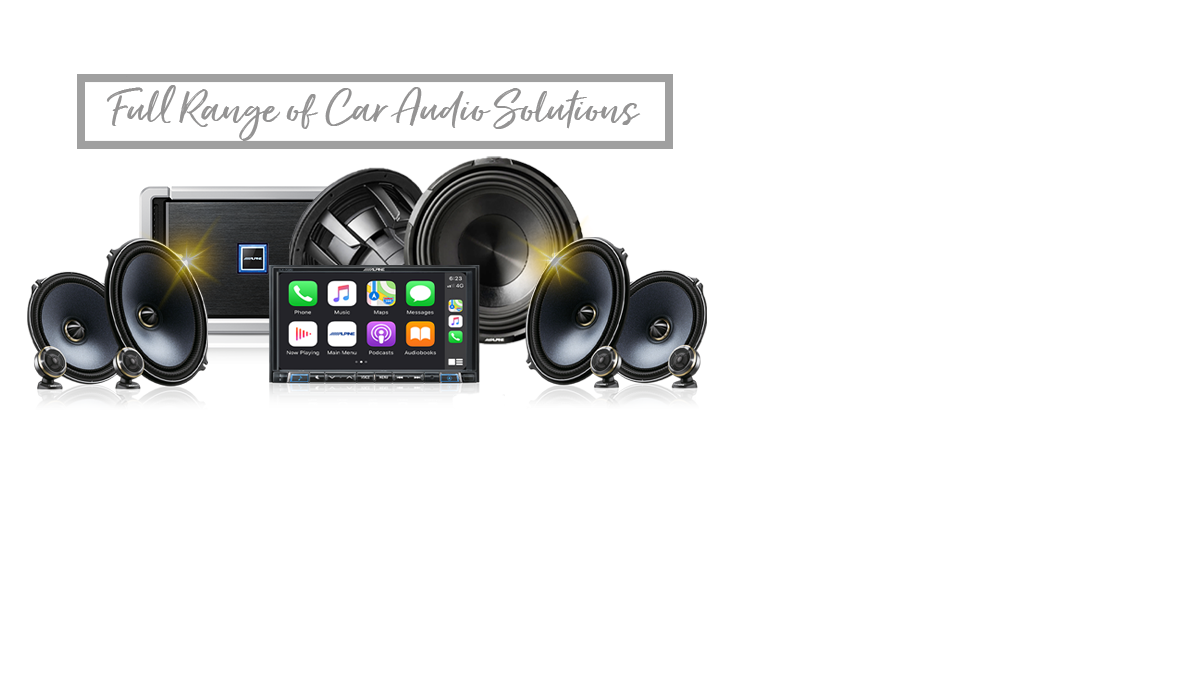Hardkorr Power 240AH Lithium-Iron-Phosphate Deep Cycle Lithium Battery HKPBATL240BH
SKU:HKPBATL240BH
Hardkorr's latest range of 240Ah lithium (LiFePO4) deep-cycle batteries are the most reliable, technologically-advanced batteries we have ever manufactured. With Bluetooth® monitoring, outstanding performance characteristics and full international certification, you'll never be caught short of 12v power on your 4wding and camping adventures again!
This model includes our latest innovation: the cells are wrapped in heating film, which is automatically switched on by the BMS when it detects the ambient temperature has dropped under 0°C. This means that, unlike other batteries on the market, you can continue to charge your battery even in freezing weather!
These batteries are made using best-in-class robotic manufacturing processes with rigorous quality assurance (including serialised tracking) and pre-shipment cycle testing. We even store the test report for each battery for later reference if needed. That's why we can now confidently offer you a 5-year Australian warranty.
More usable power, longer life
When comparing batteries it is vitally important to understand the difference between nominal and C20 capacity. To reduce confusion and help to standardise the measurement of battery capacity, most reputable battery manufacturers will quote the capacity of their battery in amp-hours at C20 (also written as C/20), which means the number of amps the battery can deliver if discharged at a constant rate over a period of 20 hours. Using this standard, a fully-charged battery with a capacity of 100Ah could deliver 5A of current per hour for a period of 20 hours before becoming fully discharged (5A x 20h).
Some disreputable manufacturers, however, will advertise the nominal capacity of their batteries and bury the C20 rating in the fine print. Nominal capacity has no practical application and can be up to 20% higher than the C20 rating, so a battery that is advertised as a 120Ah battery might only be able to deliver 105Ah or even less.
We value our good reputation, and will always quote the C20 rating as the battery's capacity. This means you can be confident that the power we say our batteries can deliver is not inflated to mislead, create confusion or invite unfair comparisons.
Top-quality cells
Our 240Ah deep-cycle lithium batteries are constructed from the highest quality 26700 high-discharge cylindrical cells. The cells are carefully matched to ensure the difference in internal resistance is less than 1mω and voltage difference is less than 5mV. They are then ultrasonically welded using automated equipment to ensure a strong connection is made between each cell, and encased in custom-molded ABS plastic cell holders to ensure reliability and consistency even when subjected to shock and vibration.
Wait... aren't prismatic cells better?
Prismatic and cylindrical cells both have inherent advantages and disadvantages. Batteries which use prismatic cells are somewhat lighter than those with cylindrical cells, and are easier to manufacture due to having fewer connections between cells. Cylindrical cells, on the other hand, are usually more efficient in their energy usage, produce somewhat less heat and tend to be more reliable than their prismatic counterparts.
The improved cell reliability and efficiency of cylindrical cells are what made us decide, like Tesla and Rivian, to manufacture these batteries from cylindrical cells.
Specifications
| Nominal voltage | 12.8V |
|---|---|
| Capacity (C20) | 240Ah |
| Max series/parallel config | 6S/6P |
| Normal charge voltage | 14.4V ± 0.2V |
| Standard / fast charge current | 48A / 120A |
| Max discharge current (constant) | 200A* |
| Max discharge current (pulse) | 800A* |
| Discharge cut-off voltage | 10.0V |
| Charge temp | 0°C to 55°C |
| Discharge temp | -20°C to 60°C |
| Storage temp | -5°C to 45°C |
| Ingress protection | IP64 |
| Self-discharge | <3% per month |
| Weight | 23.0kg |
| Dimensions | 490mm x 171mm x 240mm |
| Certifications | UN 38.3, UL 1642, IEC 62133-2:2017, IEC 62619:2017, CE |
* Note on discharge current: if you connect multiple batteries in parallel, the maximum discharge current is multiplied by the number of batteries in the array. For example, if you connect two of these batteries in parallel you can discharge at up to 400A.
(HKPBATL240BH)





 learn more>>
learn more>>





 SSV Street Sound & Vision
SSV Street Sound & Vision
 Phone:
Phone:  Mail:
Mail:




